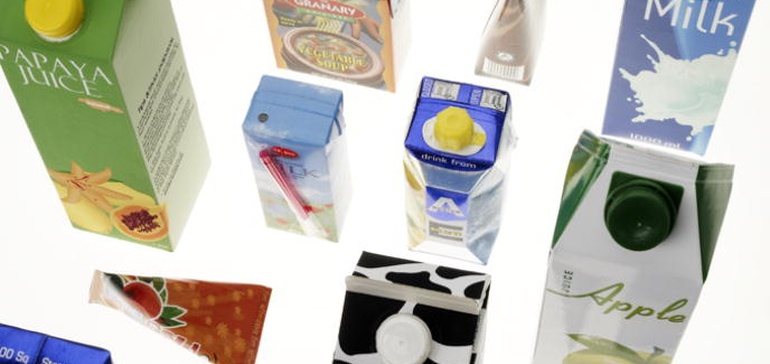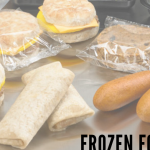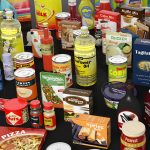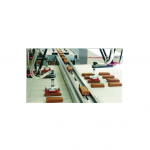
The U.S. packaging barrier resin market should reach 9.4 billion pounds in 2017 and 10.6 billion pounds in 2022, with a compound annual growth rate (CAGR) of 2.5% through 2017-2022
• The U.S. packaging barrier resin market should reach 9.4 billion pounds in 2017 and 10.6 billion pounds in 2022, with a compound annual growth rate (CAGR) of 2.5% through 2017-2022.
• The U.S. barrier resins market should reach 8.5 billion pounds in 2017 and 9.6 billion pounds in 2022, with a CAGR of 2.5%.
• The U.S. permeable films market should reach 700 million pounds in 2017 and 784 million pounds in 2022, with a CAGR of 2.3%.
Chapter 1: Introduction
This report is an update of a BCC Research report on this subject by the same author, published in January 2015. In this new update, we have reevaluated the entire subject and introduced any new barrier packaging concepts and products that we found in the intervening period. We have updated and extended our market analyses, estimates, and forecasts for five additional years into the future, from base year 2017 to 2022.
Study Goals and Objectives
Packaging, and plastics used in packaging, are seen virtually everywhere in modern developed society. Most of the goods that the public buys in developed societies are packaged, as are an increasing number in developing countries as well. One side effect of all this packaging has been a constant barrage of complaints from activists that products are “overpackaged,” and this excess packaging contributes to our big waste load. Many companies have reacted and continue to react to these complaints by reducing or changing their packaging to make the final package less complex or using less packaging material.
Packaging has been around for centuries, and probably was developed for a number of reasons. These include preservation and stability of products over time and the protection of products from damage, dirt, moisture, and more. Early packaging was quite crude; for example, the casks and cases of salted meat carried on old sailing ships, which often went to sea for extended lengths of time.
All packaging provides some sort of barrier; this is a primary reason for packaging products in the first place. Packaging protects products from infiltration (or in some cases, exfiltration — the passing of a material or materials out of the container) of contaminants, of flavor, color, odor, and more as well as preserving the contents. Glass and metal containers have been used for packaging goods for many years and certainly qualify as barrier packages. As we discuss later, thick glass and metal qualify as “functional” barriers that stop just about everything from passing through them.
Plastics, or polymers, usually made from chemical, petrochemical, and increasingly biological raw materials, are everywhere around us, in a multitude of goods ranging from small children’s toys to automobile bodies and house siding. Packaging examples are also legion, most visible in food and beverage products but also well known for consumer items such as the ubiquitous “clamshell” clear rigid thermoformed packaging for hardware and “jewel box” cassette cases as well as the CDs and DVDs that are inside. Packaging is the single largest end-user of plastic resins in the U.S. For many years, packaging has consumed more than one-quarter of all the resins used in any year in the U.S.
In this study, we look at a very important segment of the packaging industry, that of plastic barrier packaging and the plastic resins which supply these barriers. That is, polymers that are used in packaging to provide a barrier to some unwanted intrusion in or out of the package. Barrier resins block the passage of several important substances, including oxygen, moisture, odors, flavors, light, and others.





